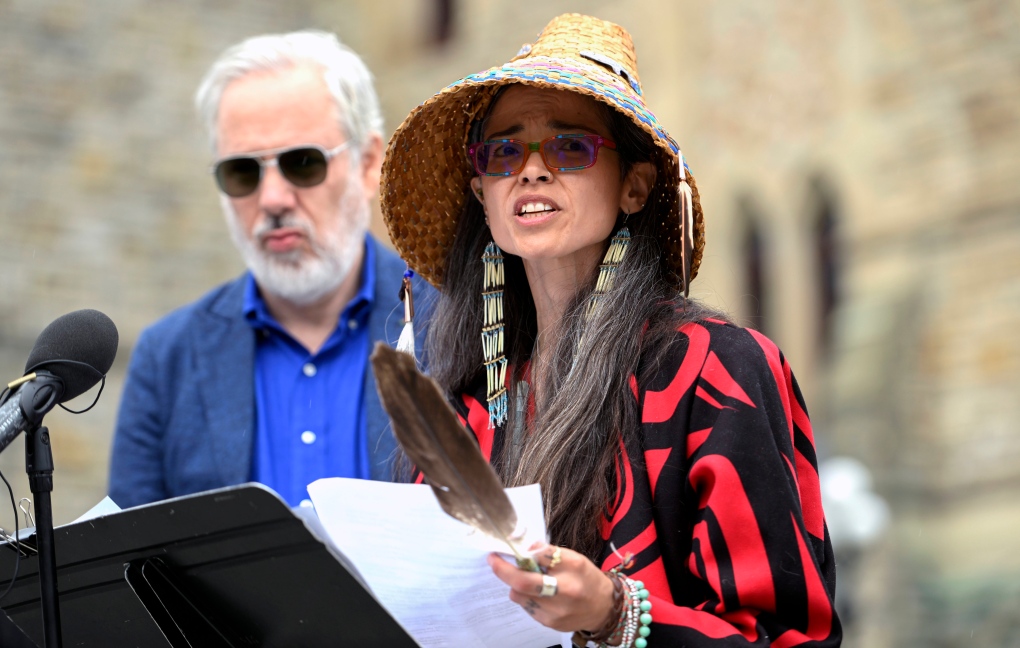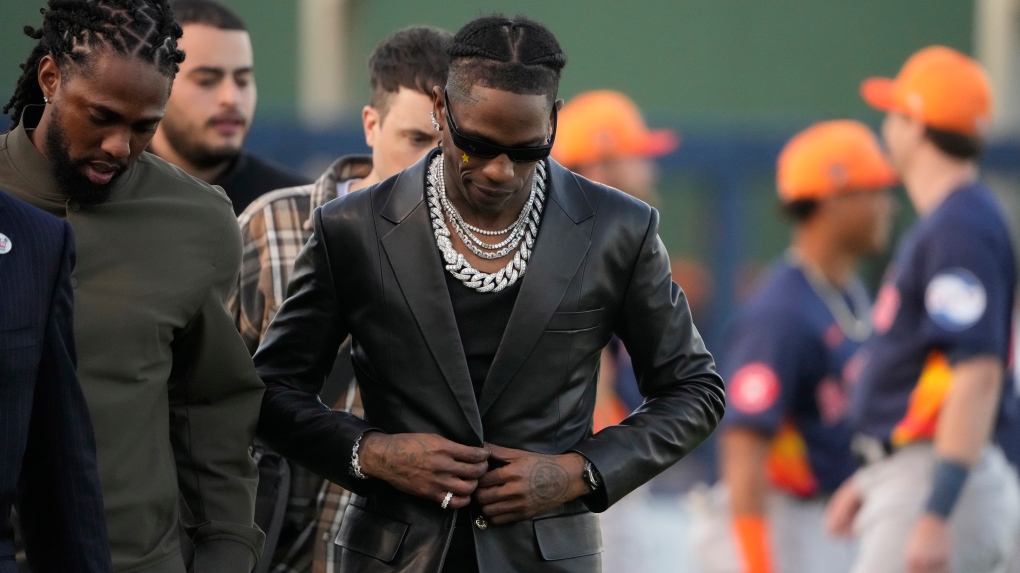On a recent sunny fall morning, a group of Flemingdon Park residents walked slowly through E.T. Seton Park in Toronto’s East York neighbourhood.
According to Lubna Rehman, one of the walk’s leaders, despite the proximity to where they live, many of the residents had never ventured into the park or the Don Valley, the stretch of green space that runs north to south in the centre of the city and borders the Don River.
“Many people here, they don’t know about this area, especially new immigrants,” Rehman told CBC Toronto. Working with a charity called Park People, she is now on a mission to change that.
Rehman is an official “ravine champion” — a specially chosen volunteer who is trained and funded by Park People to bring more people into the city’s vast ravine network by doing outreach and organizing events. The goal of the program is to rectify what experts say is a long-standing problem in Toronto: green space access is far from equal, and low-income, racialized communities are often left out.
“In the last year we’ve learned how important parks and green spaces are,” said Minaz Asani-Kanji, an outreach co-ordinator with Park People.
It’s not that low-income neighbourhoods have no parks, Asani-Kanji explained. Often, those spaces just aren’t correctly equipped, and lack signage and other amenities.
For example, many newcomers to Canada like to have family picnics, she said, “but there aren’t benches, there isn’t enough shade, so a lot of communities don’t use those spaces because they don’t fit their needs.”
Tree canopy not evenly spread
The extent of the city’s green space equity problem is laid out in the most recent Vital Signs report, an annual snapshot of quality of life in the city based on hundreds of interviews, statistics and reports.
In a colour-coded map, the report shows the difference in tree canopy density in different parts of the city.

Wealthier areas like Parkdale-High Park and Beaches-East York are at one end of the spectrum, with a dense tree canopy shading their streets and large, old-growth parks.
Meanwhile, newer, lower-income areas like Scarborough Centre or Etobicoke North are on the other end, with more than 20 per cent fewer trees than the richest parts of the city.
This week, we released our 18th Toronto’s Vital Signs Report tracking 10 quality of life factors in the city. On our own we have little to offer. But together we can imagine and build a better city for everyone. <a href=”https://twitter.com/hashtag/VitalSignsTO?src=hash&ref_src=twsrc%5Etfw”>#VitalSignsTO</a><br><br>Watch our summary video: <a href=”https://t.co/98Wjyueuna”>https://t.co/98Wjyueuna</a>
—@TorontoFdn
One study cited in Vital Signs lays out the impact of that discrepancy on mental health over the course of the pandemic.
“Only 17 per cent of residents in the northwest corner and 16 per cent of residents in the western portion of Scarborough reported significant mental health benefits from going outside, compared to 43 per cent of people living in the lakeshore area of southern Etobicoke,” the Vital Signs report reads.
The report also quotes Jacqueline Scott, author of the blog Black Outdoors, on the many benefits of trees beyond shade, including “increased property value, cleaner air, more wildlife, and opportunity for recreation.”
Scott also recently published research in partnership with Nature Canada on the intersection of race and the outdoors, ending with a series of suggestions to make natural spaces more welcoming to racialized youth.
Among her suggestions: more programming and guided walks, more community gardens and better representation in media and nature organizations.
Taking matters into their own hands
There are a number of organizations trying to tackle similar goals to the ones Scott laid out in her work.
Take the All Out campaign, whose popular Instagram feed tells the stories of racialized millennials embracing the outdoors and gives tips and tricks for getting out there.
“We knew we wanted to make some kind of social media campaign that really targeted BIPOC communities, BIPOC millennials,” says Melanie Reixach-Wong, one of a number of volunteer co-founders of All Out.
For racialized Torontonians, she says, “there was traditionally a lot of distrust, of not feeling welcome” in nature spaces — barriers that can be tackled through better representation and sharing of knowledge.
Other groups include ManDem Cycling Club, which welcomes riders of all skill levels and backgrounds, and Brown Girl, Outdoor World, which organizes events that take participants far out of the city, from surfing and hiking to skiing.
“Before the campaign, when I thought about the outdoors, I’d see images of all white people,” said Reixach-Wong. “It made the gap and the steps to get there seem so much greater to me.”
Now, though, she says she’s thrilled to be spreading a different narrative about the outdoors to her peers.
“There are communities for us to do this; there are safe spaces for us to do this, and there are emotional and physical benefits to doing this as well.”






More Stories
Why did the U.S. TikTok ban bill get packaged with foreign aid?
Edmonton police seeing no further extortion of South Asian businesses as investigation continues | CBC News
Shock and grief as mourners gather to remember 16-year-old homicide victim in Halifax | CBC News